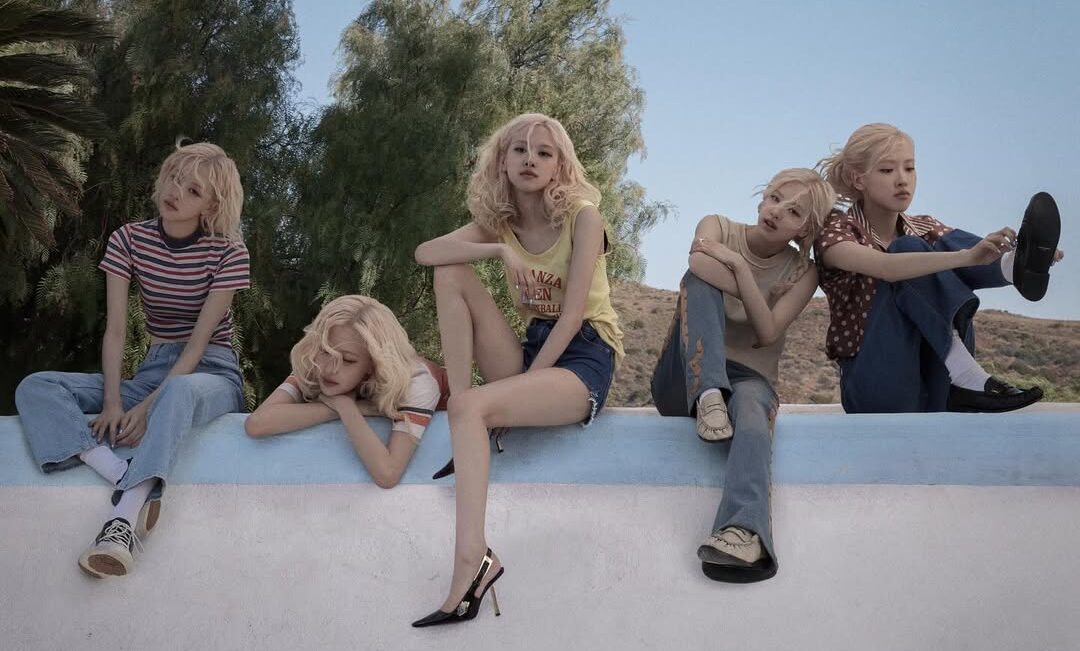“Ibang monster ang short film,” JP Habac says
Before most filmmakers mastered the full-length feature, they all started somewhere. They’ve probably made their camera-shy friends act out a heavy drama, using an unassuming point-and-shoot. Probably. What we are pretty sure of, though, is that they first had to conquer the route of short films first. But get this: Doing shorts is not just about testing the waters. Creating short narratives is an entirely different kind of art compared to making full-length movies. Neither is easy.
This was why we signed up for the short film masterclass at .GIFF Festival of New Cinema. Conducted at Illumination Studio, Makati, we had three of the best filmmakers in the Philippines as lecturers. There’s one of the pioneers of alternative cinema—Raymond Red—whose works include “Kamera Obskura” and “Manila Skies.” Sitting next to him was JP Habac, who’s responsible for the iconic 2017 rom-com “I’m Drunk, I Love You.” The third was Cebu-based Keith Deligero, whom we thank for films like “A Short History of a Few Bad Things” and “Babylon,” and for, of course, spearheading Binisaya Film Festival.
We managed to take home some advice from the guys who’ve experienced it all.
Brush up on the history
Veteran director Red’s self-introduction couldn’t be complete without telling a bit of short film’s history—the place he’s genuinely grateful for. He traces it back to the early 19th century when cinema was “being invented” in a myriad ways—from Thomas Edison’s attempts to the evolution of the camera, projector, and our cinema language. Cinema, he believes, was born in short film. In the Philippines, the history of short films should have started when Jose Nepomuceno set up his studio and produced “Dalagang Bukid.”
In fact, he shared a point by film scholar Nick Deocampo he agrees with. “We should have actually celebrated the centennial year of Philippine cinema two years ago. Because Nepomuceno set up his studio in 1917 and he started shooting news reels. Why do we celebrate World Cinema with short films whereas Philippine centennial is celebrated with the long film? It took [Nepomuceno] two years to produce “Dalagang Bukid.” That’s very significant to think about,” Red says. Time to give the love our short films deserve.
“Create something you think is important to you, or has a purpose”
Respect the medium
“Ibang monster ang short film,” Habac says while going through his body of work. Red nods to this. Habac highlights the importance of conciseness, which can make or break a short film. The up-and-coming storyteller experienced countless jobs in the film industry—from being a camera caretaker to a production designer—before he became a director of full-length films. Even though he’s already set foot in the full-length game, he admits having the incessant urge to go back to short films. “Doing short films is essential to doing long ones, especially in concept development,” he says.
Short films have built Habac’s growth as a filmmaker in a number of ways. His shorts became his entryway into both local and international filmmaking. Aside from this, he considers doing shorts his “therapy,” too. “Lagi kong nilalagay ang sarili ko sa kwento,” he tells us. “Create something you think is important to you, or has a purpose.”
Power through the rejections
Deligero’s success could almost mask his humble beginnings, but he chooses not to. “I didn’t go to film school. I didn’t go to film workshops. I’m so not worthy,” he says frankly, looking at Red and Habac. Unlike the two, Deligero didn’t prepare any deck for the lecture, but he showed some snippets and trailers of his films. They were enough to tell his filmmaking journey.
“Ang dami ko nang rejections. Pero feeling ko kahit wala ako dito sa harapan niyo ngayon, gagawa pa rin ako ng films”
Deligero candidly revealed his problems in filmmaking, like budgeting. “Masaya naman siyang gawin, ‘yung pambayad lang talaga,” while adding that his team even used a fake anamorphic lens in one project. The alternative filmmaker didn’t shy away from his rejections—from contest losses to festival misses—but he convinced us that they hardly get it to him. “Ang dami ko nang rejections. Pero feeling ko kahit wala ako dito sa harapan niyo ngayon, gagawa pa rin ako ng films.”













































